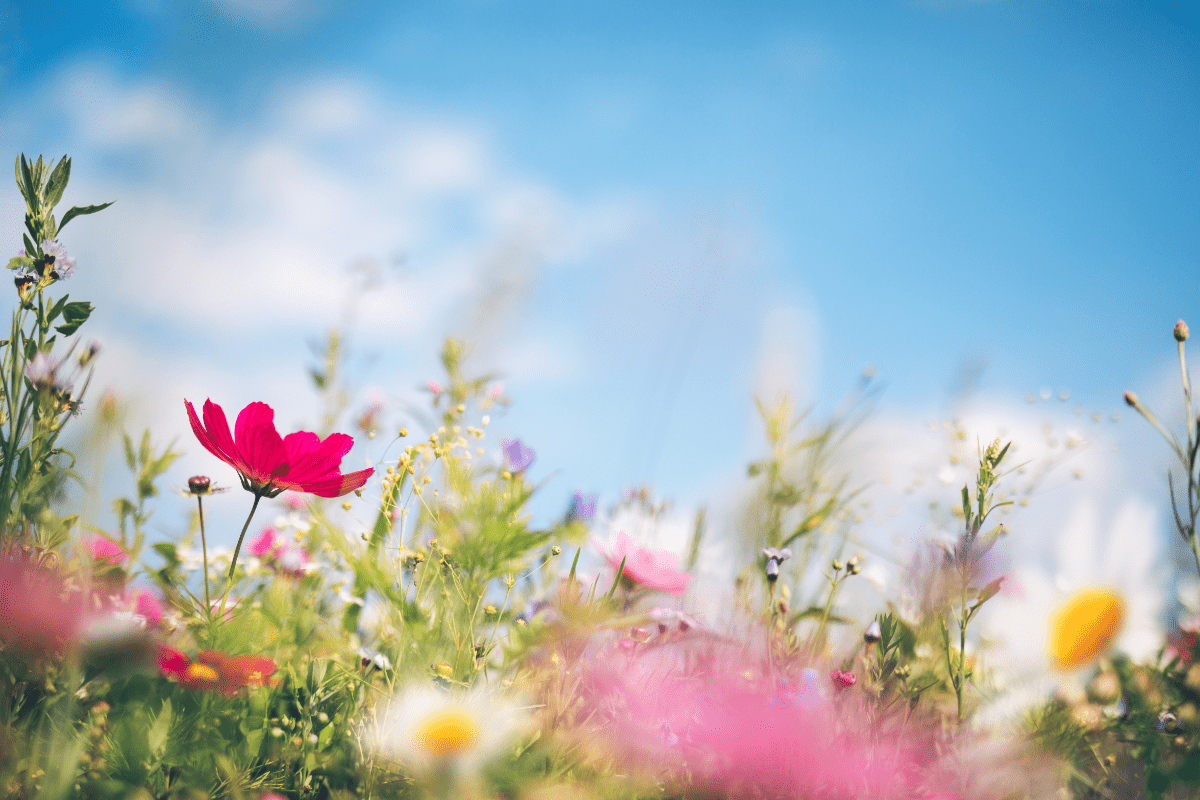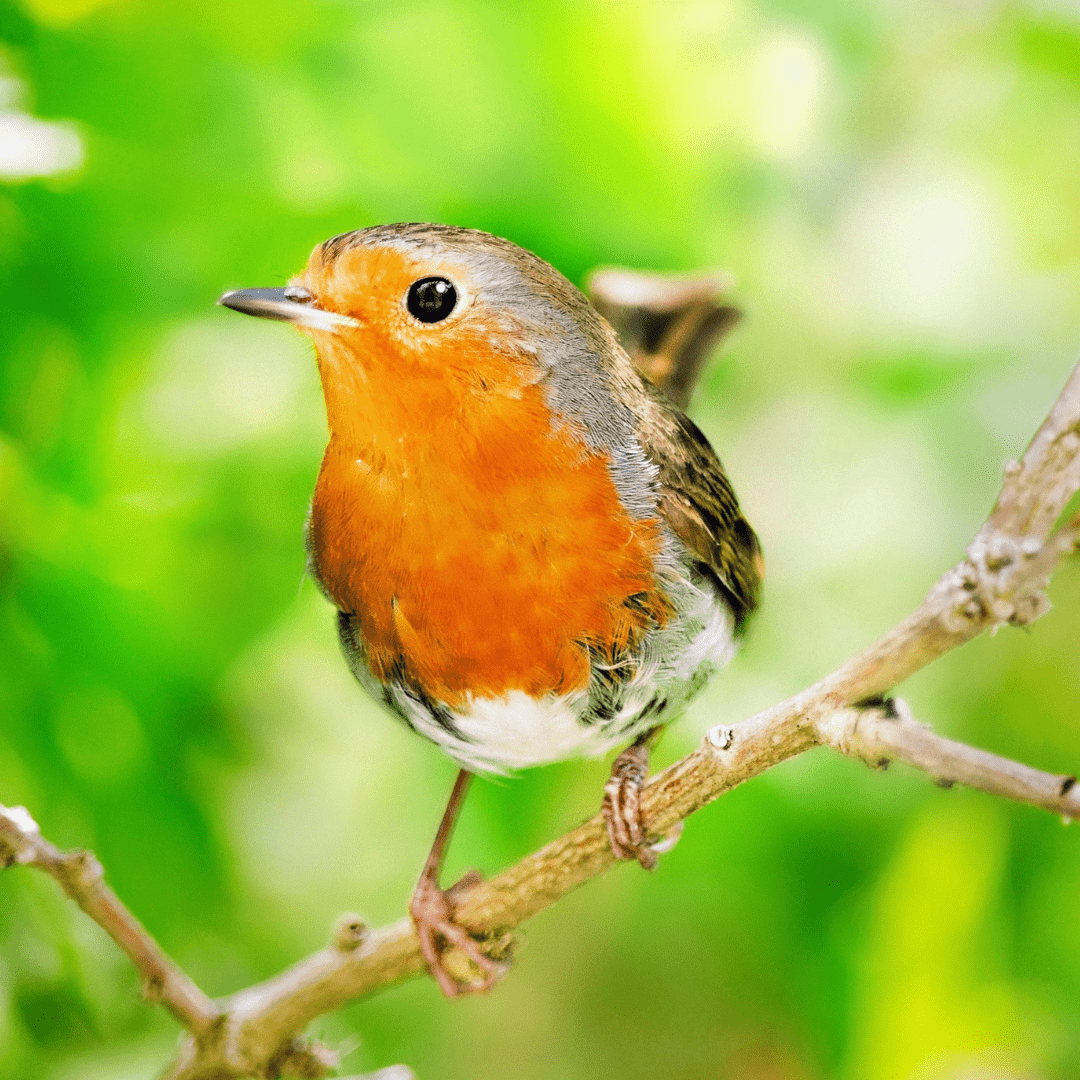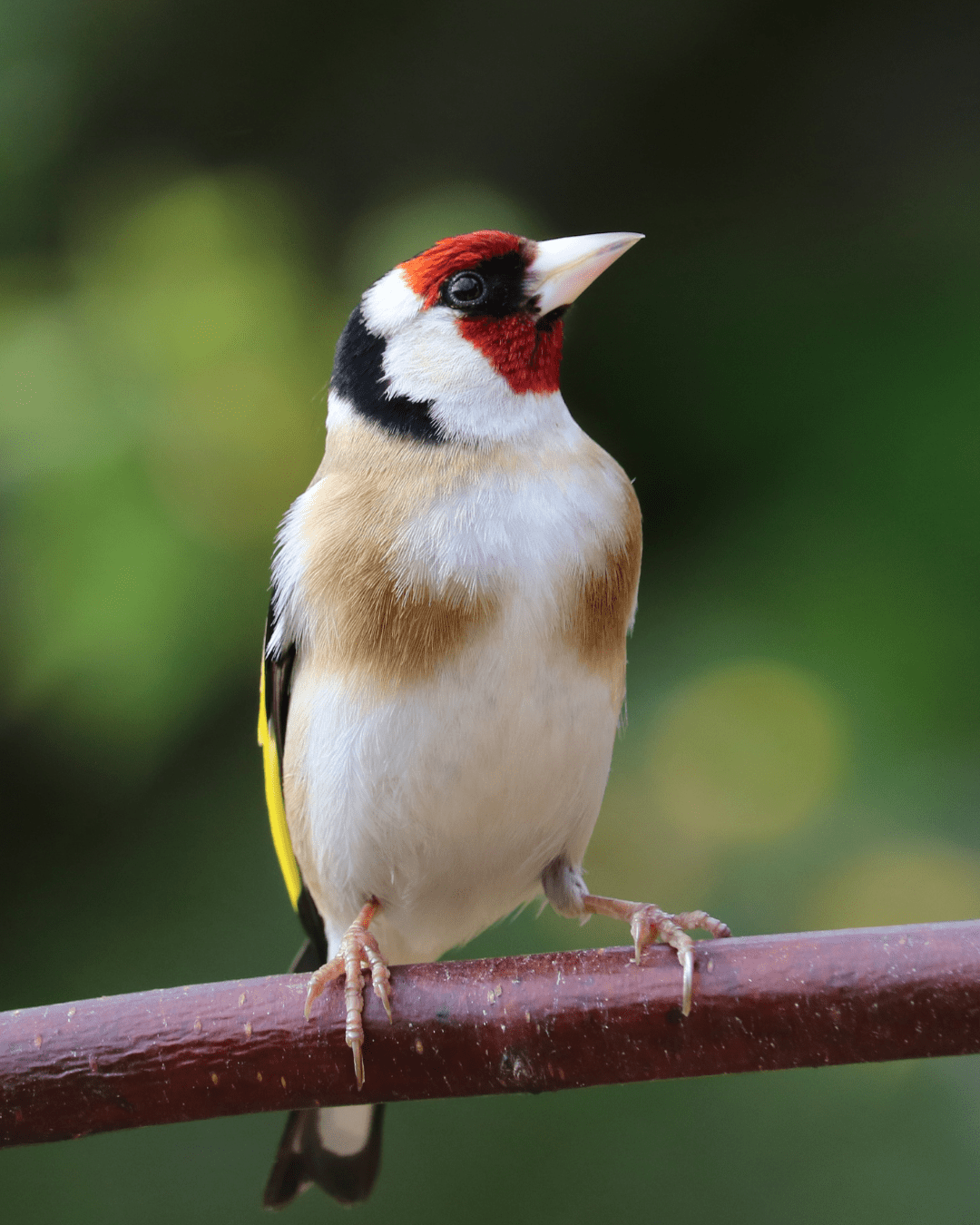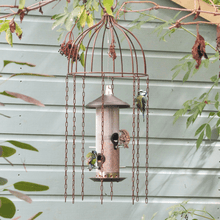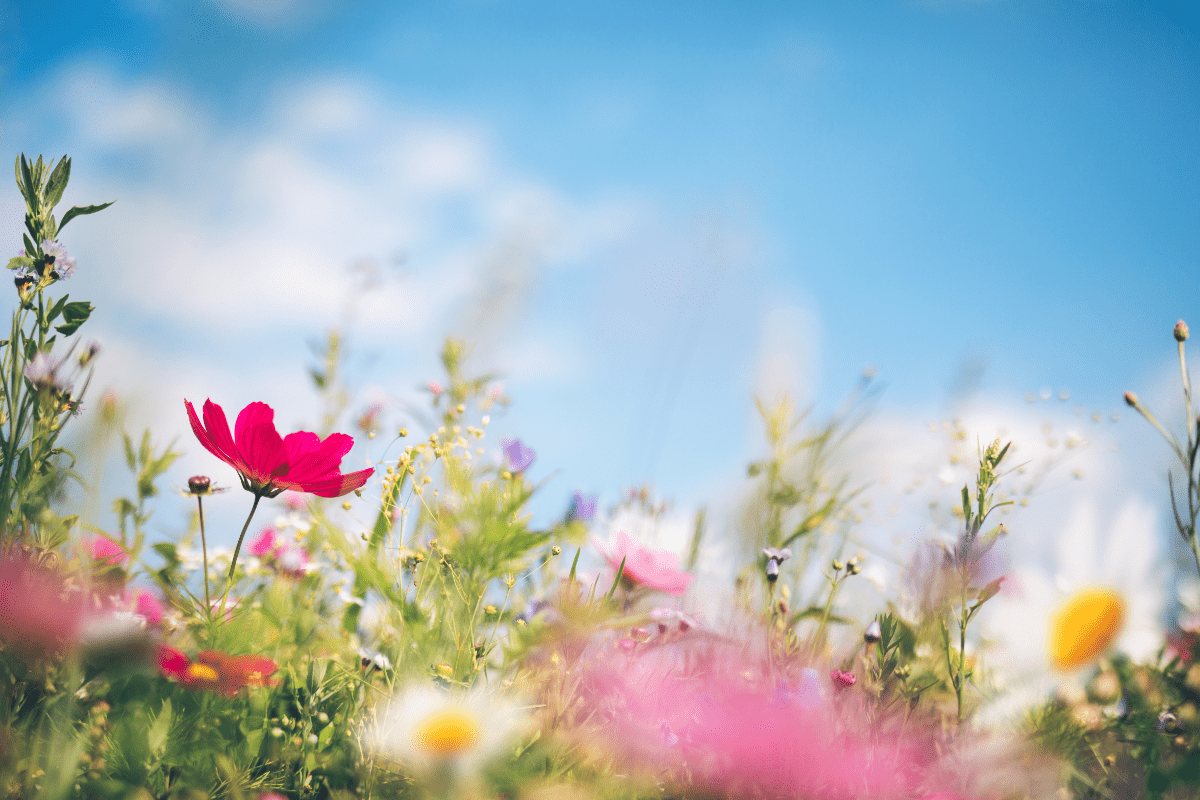A Garden Birdwatcher’s Guide to the Blue Tit

The blue tit is one of the most familiar and well loved garden birds in the UK. Lively and active, they are regular visitors to the bird table and are well adapted to garden life, happily using the nest boxes we put out and eating from hanging feeders with enthusiasm. Blue tits enjoy eating invertebrates (including the aphids on our plants), seeds and nuts as well as pollen and nectar. The male blue tit is more vividly coloured than the female, and the more yellow and green caterpillars he eats, the brighter the yellow feathers on his breast will become. He will woo his chosen female in style, preening and fluffing out his feathers, singing elaborate melodies and bringing edible gifts to catch her eye.
Blue Tits typically remain monogamous, building a cup-shaped nest in a small cavity (or a nest box) using moss, wool and dead leaves and lining it with down feathers, animal hair and spider webs. The female will pluck the feathers from her belly to create a brood spot, which she uses to incubate her unhatched chicks for around a fortnight, laying one clutch of up to fourteen glossy white eggs, covered in reddish-brown markings. She will lay one egg a day, but doesn’t incubate until she has finished laying, meaning the first eggs are dormant for around two weeks. A blue tit chick eats around one hundred caterpillars every day in order to quadruple in size during his time in the nest, so breeding is generally timed to coincide with a good supply of caterpillars (usually in April and May). Fledglings leave the nest after around three weeks and will stay close to the area in which they hatched for their lifespan of two to three years.
Blue tit behaviour is fascinating to watch - they are social, often flocking together over winter. These bright little birds excel at problem solving, famously pecking the lids from milk bottles to get to the cream beneath - interestingly, unlike their territorial and independent friends the robins, social blue tits were able to copy this behaviour from one another, which was why it became such a widespread phenomenon. Blue tits are associated with love and hope, and sailors used to see them as a sign of good luck and a reminder of home. Blue tits used to be known as “tom tits” and they are known collectively as a “banditry”.
Ready to deepen your connection with the birds in your garden? Discover more about your feathered friends and how to attract them to your space with Amidst the Birdsong: A Garden Birdwatcher's Journal. This beautifully crafted journal is the perfect companion for anyone looking to observe and learn about the birds visiting their garden. Start your birdwatching journey today – click here to learn more.


